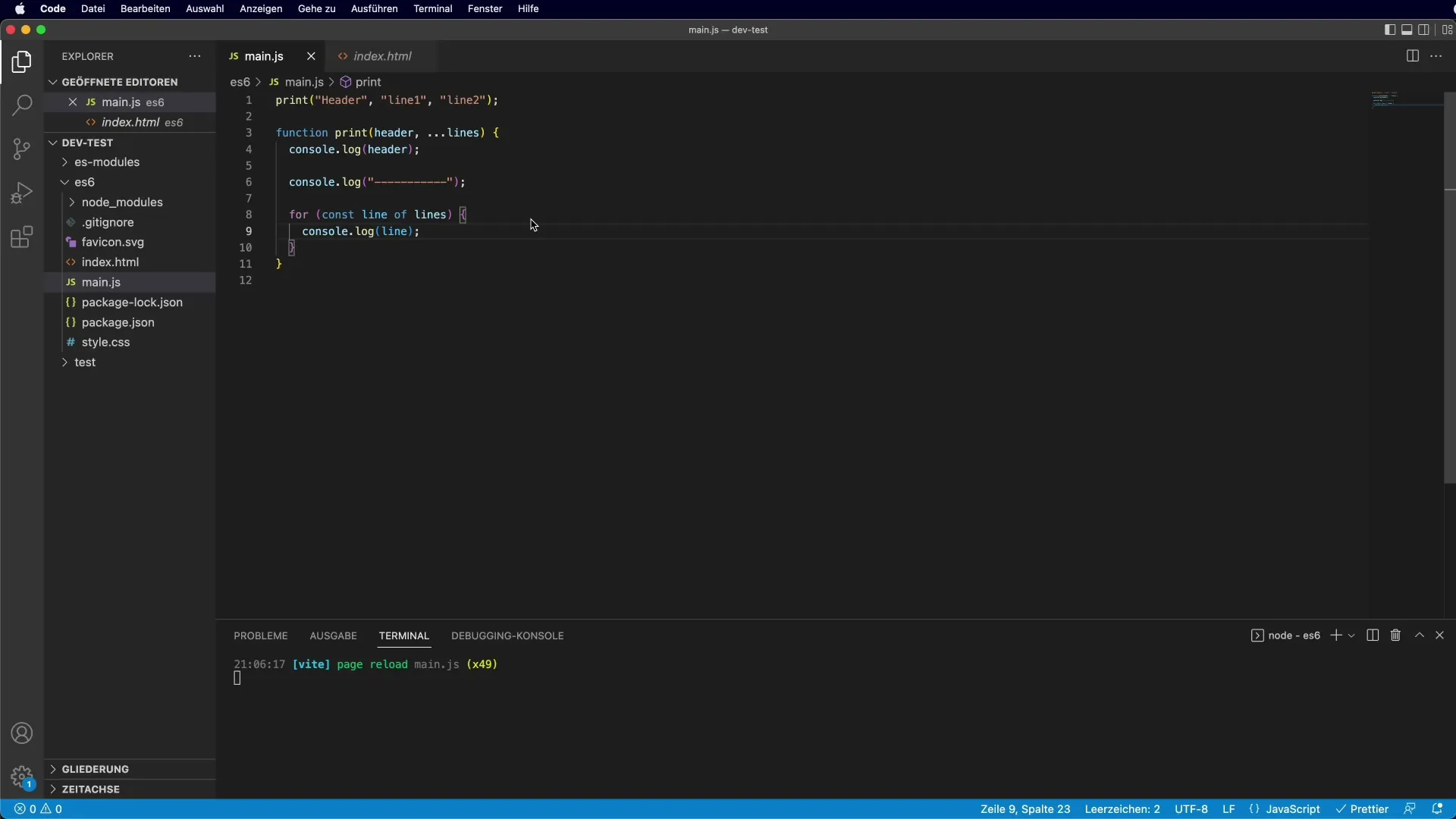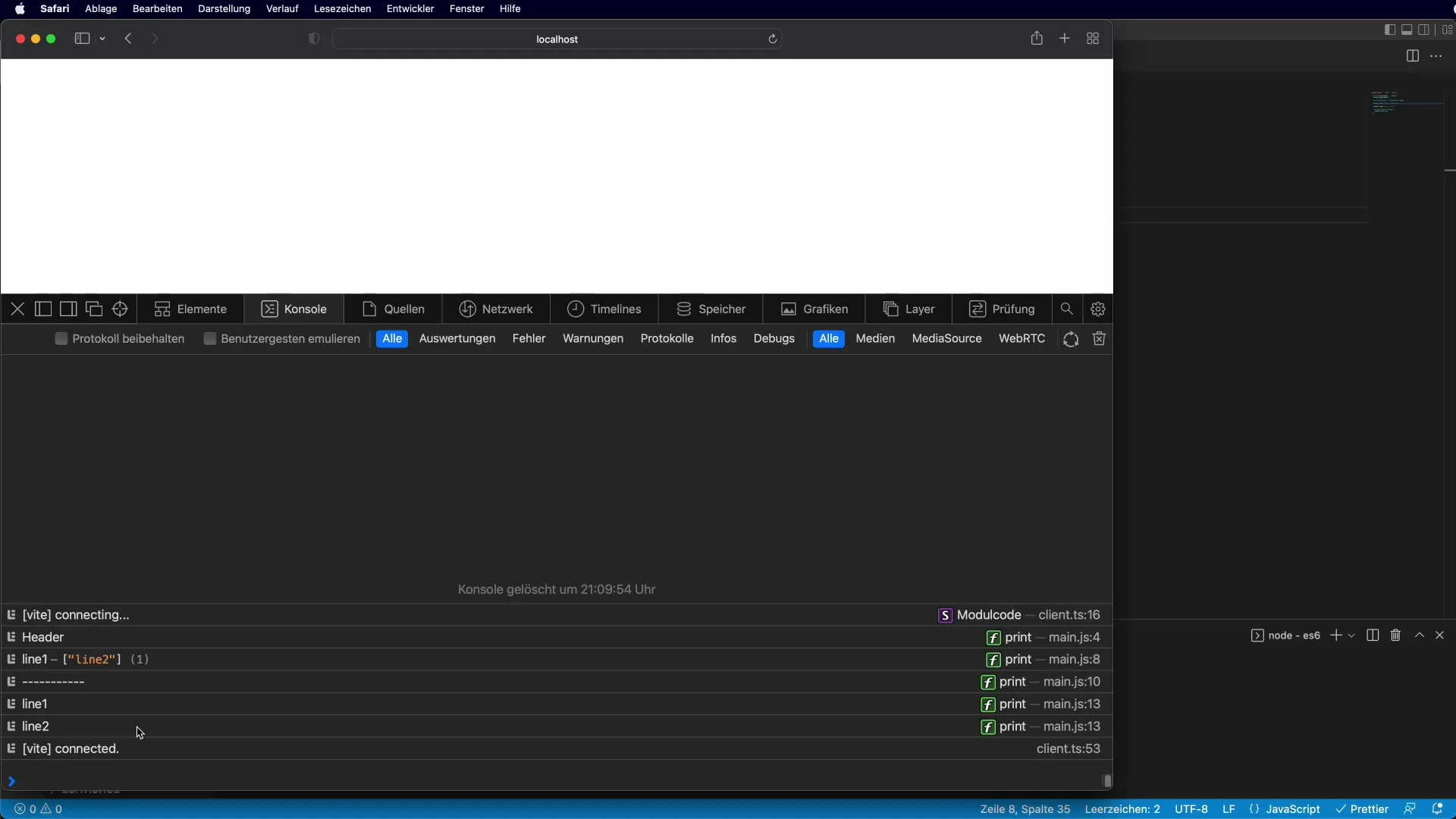The rest operator, also known as... in JavaScript, is an extremely useful tool when it comes to handling a variable number of arguments in functions. But its usefulness extends far beyond function definitions. Particularly in array destructuring, it allows you to easily capture the remaining elements of an array. In this guide, we will look at how to use the rest operator effectively in array destructuring to enhance your JavaScript skills and optimize your code.
Key takeaways
- The rest operator is used to capture the remaining elements of an array.
- It can be applied in both function parameters and array destructuring.
- You can use the rest operator for a dynamic number of values you need in your code.
Step-by-step guide
Before diving into the application of the rest operator, it is important to understand the basics of array destructuring. Let's go through the individual steps.
The first step is to ensure that you are familiar with the concept of the rest operator and understand that it is applied in function definitions to capture indefinite arguments.

In the example, we consider the function print, which expects an argument called lines that is passed as an array.
Let's say you have an array with several elements. You can destructure the elements of this array. This allows you to specifically access certain elements while capturing the rest of the array in a variable.
Now you can use the rest operator to capture all the remaining elements of the array. You do this by placing the rest operator... before a variable. In this example, I will name the variable restLines.
The result is an array that contains all the remaining elements of the original array. You can now directly access the first position and handle the rest of the array separately.
If you now, for example, take the first two elements from the array, you want to ensure that the rest is captured in a definable manner. This requires knowledge about the number of elements in your array.

This makes the rest operator particularly valuable, as you can use it in any scenarios where the number of parameters or elements is unknown. This makes your code more flexible and dynamic, as you can decide at runtime.
In the array, you once again take the first value and store it in a variable while storing all other values in restLines, which will then be available as an array.
Before we conclude, I want to emphasize that the rest operator works not only with arrays but can also be used with objects. However, this will be addressed in another tutorial, as it has its own peculiarities.
Summary – Optimal use of the rest operator in JavaScript
Here we have learned how the rest operator helps you with array destructuring by capturing the remaining array elements. This technique allows you to respond flexibly to the number of elements in an array and make your functions or logic more dynamic. Whether you are working with fixed values or want to dynamically extract values from arrays, the rest operator is a valuable tool in your JavaScript toolbox.
Frequently Asked Questions
How does the rest operator work in JavaScript?The rest operator captures all remaining elements in an array or the indefinite number of arguments in a function.
Can I also use the rest operator for objects?Yes, the rest operator can also be applied to objects, but we will cover that in another tutorial.
What happens if there are no additional elements?If there are no remaining elements, the resulting variable will be stored as an empty array.
Can I use multiple rest operators in one function?No, you can only use one rest operator per parameter in a function.
How can I combine the rest operator with other operators?The rest operator can be used together with other destructuring techniques to specifically capture certain values.


